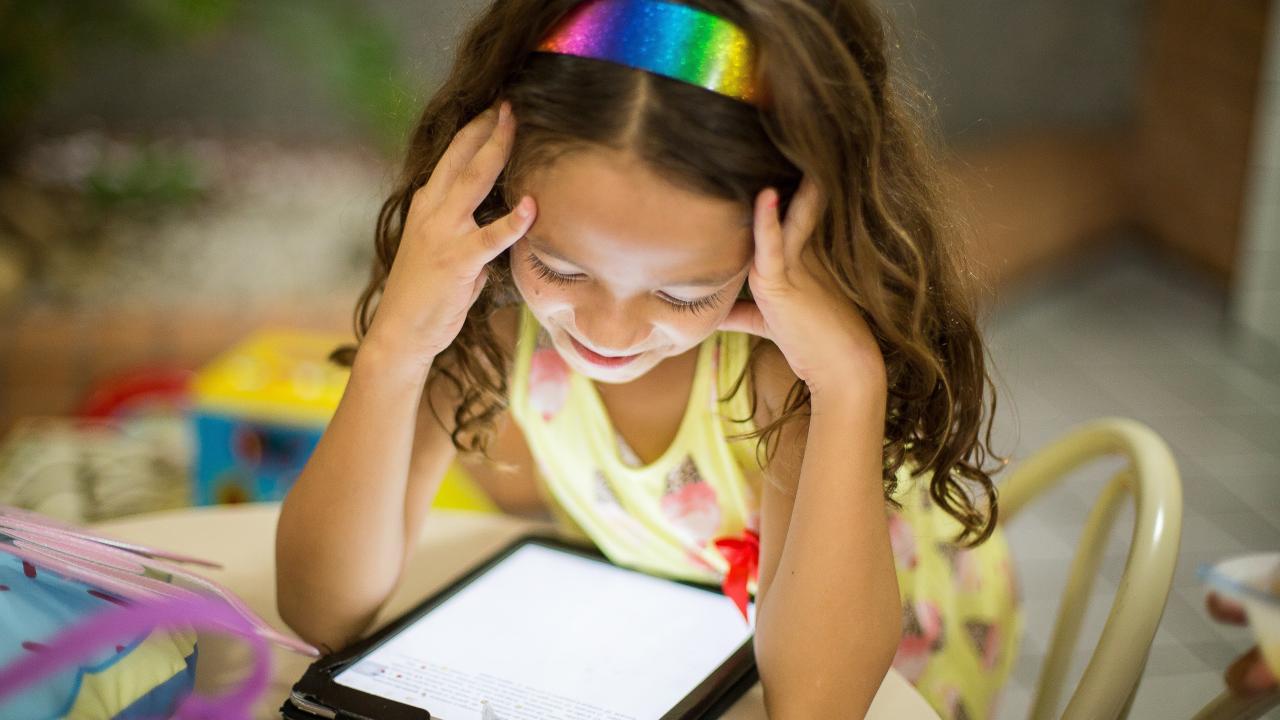
Representations of LGBQ+ families in young children’s media
Quick Summary
- Research article published in the Journal of Children and Media.
Representations of lesbian, gay, bisexual, and queer (LGBQ+) characters in children’s media have proliferated over the last five years (GLAAD Media Institute, 2019). In large part, this shift has occurred because attitudes toward LGBQ+ individuals have substantially improved among the general public, thus incentivizing content creators to diversify their representations (GLAAD Media Institute, 2020). Most LGBQ+ characters, however, have appeared in programs targeted to older children (i.e., ages 7 and older), with relatively few appearing in programs targeted to younger children (i.e., ages 3 to 6). This discrepancy likely stems from the fact that these programs typically depict age-appropriate romances among same-sex characters (e.g., crushes or dating). Although these stories allow older LGBQ+ children to see themselves represented on screen, they are less socially meaningful for younger children.
It is possible, however, to include socially relevant LGBQ+ representations in media for young children by focusing on diverse families. Family diversity varies across dimensions of race, socioeconomic status, gender, and family structure (Fine et al., 2000). Here, we focus on diverse family structure, such as a child who has two fathers or a child who has a mother that remains single because she is aromantic. In this commentary, we consider the theoretical importance of LGBQ+ representations in young children’s media, review the current state of these representations, and provide recommendations for researchers and practitioners.
Click here to read the full article in the Journal of Children and Media.
